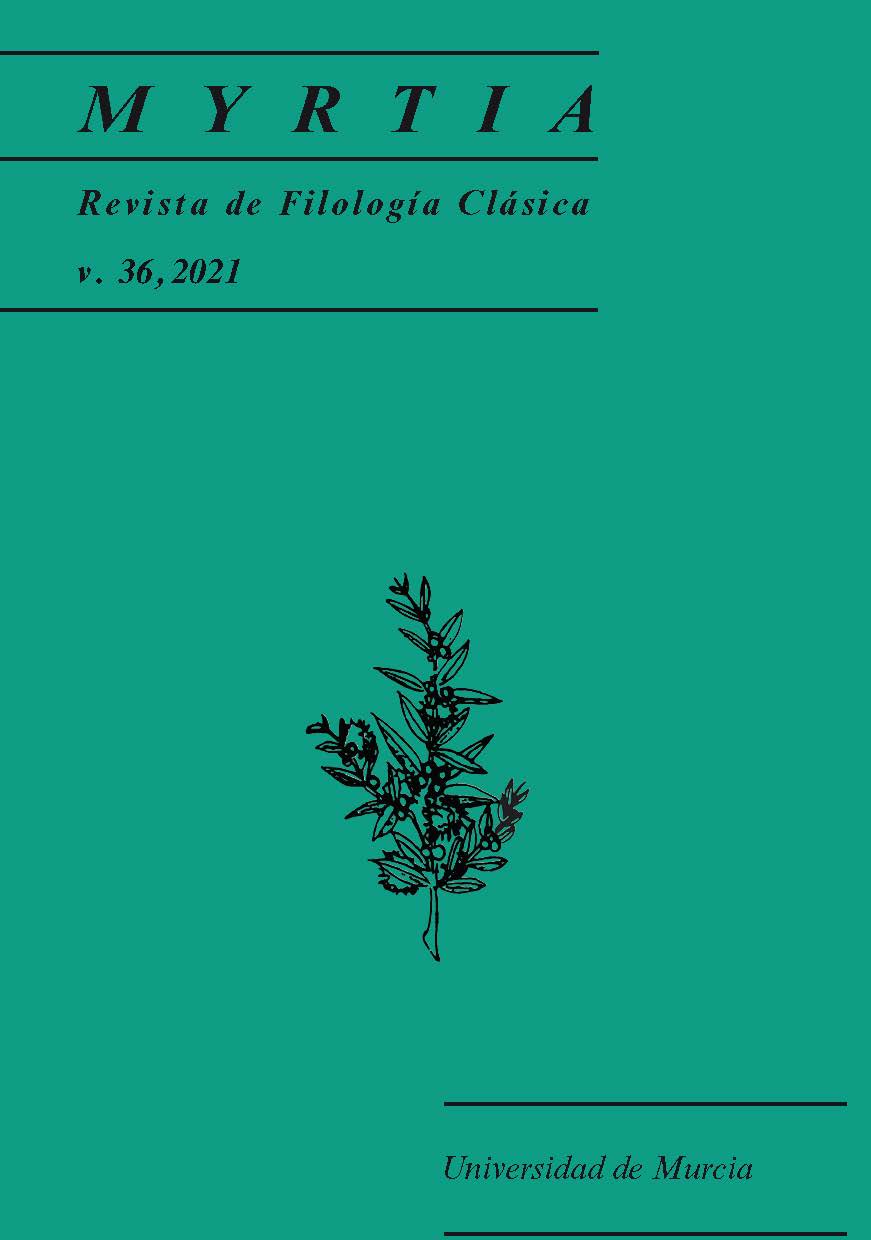De ira III, 2: dossographic sources and analogies with the modern cognitive-behavioral paradigm
Abstract
This paper aims to analyse a dense passage of De ira by Seneca (III, 2) that, considering its structural and thematic relevance in the architecture of the tractate, gives rise to interesting and valuable considerations to understand more deeply the nature of the work. First, the extract under examination is crucial since enables to identify the dossographic sources that the author drew on to develop the therapeutic strategy adopted for the treatment of anger in the third book of the work. Furthermore, an overall interpretation of the essay, based on a passage so rich in literary and philosophical implications, will be provided. Eventually, we will deal with the therapeutic approach selected by the philosopher and its analogies with the ancient Cynic-Stoic ἐπιλογισμός and the modern cognitive-behavioral paradigm.
Downloads
-
Abstract1008
-
PDF 595
References
R. Beck, E. Fernández, 1998, “Cognitive-Behavioral Therapy in the Treatment of Anger: A Meta-Analysis”, Cognitive Therapy and Research 22, pp. 63–74.
E. Berti, G. B. Conte, M. Mariotti, 2006, La sintassi del latino, Roma.
E. Brondolo, R. di Giuseppe, R. C. Tafrate, 1997, “Exposure-based treatment for anger problems: Focus on the feeling”, Cognitive and Behavioral Practice 4, 1, pp. 75-98.
J. Fillion-Lahille, 1984, Le de Ira de Sénèque et la Philosophie Stoïcienne des Passions, Paris.
B. M. Garavelli, 200811, Manuale di retorica, Milano.
M. Giusta, 1964, I Dossografi di Etica, voll. I-II, Pavia.
E. E. Gorenstein, F. A Tager, P. A. Shapiro, C. Monk, R. P. Sloan, 2007, “Cognitive-Behavior Therapy for Reduction of Persistent Anger”, Cognitive and Behavioral Practice 14, 2, pp. 168-184.
H. Lausberg, 1969, Elementi di retorica, Bologna [Elemente der literarischen Rhetorik, München, 1949; traduzione italiana di Lea Ritter Santini].
D. McKay, B. Pilecki, N. Thoma, 2015, “Contemporary cognitive-behavior therapy: A review of theory, history and evidence”, Psychodynamic Psychiatry 43, 3, pp. 423-462.
P. Ramondetti, 1996, Struttura di Seneca, De ira, II-III: una proposta d’interpretazione, Bologna.
G. Reale, 20083, Cinismo, Epicureismo e Stoicismo, Milano.
L. D. Reynolds, 1977, L. Annaei Senecae Dialogorum libri XII, Oxford.
A. Setaioli, 2000, Facundus Seneca. Aspetti della lingua e dell’ideologia senecana, Bologna.
T. Tieleman, 2003, Chrysippus’ On Affections. Recostruction and Interpretation, Leiden/Boston.
A. Traina, 1987, Lo stile drammatico del filosofo Seneca, Bologna.
M. Vegetti, 1989, L’etica degli antichi, Bari.
P. Watzilawick, 1978, The language of change: Elements of therapeutic communication, New York.
K. Wilke, 1914, Philodemi de ira liber, Lipsiae.
Las obras que se publican en esta revista están sujetas a los siguientes términos:
1. El Servicio de Publicaciones de la Universidad de Murcia (la editorial) conserva los derechos patrimoniales (copyright) de las obras publicadas, y favorece y permite la reutilización de las mismas bajo la licencia de uso indicada en el punto 2.
2. Las obras se publican en la edición electrónica de la revista bajo una licencia Creative Commons Reconocimiento-NoComercial-SinObraDerivada 3.0 España (texto legal). Se pueden copiar, usar, difundir, transmitir y exponer públicamente, siempre que: i) se cite la autoría y la fuente original de su publicación (revista, editorial y URL de la obra); ii) no se usen para fines comerciales; iii) se mencione la existencia y especificaciones de esta licencia de uso.
3. Condiciones de auto-archivo. Se permite y se anima a los autores a difundir electrónicamente las versiones pre-print (versión antes de ser evaluada) y/o post-print (versión evaluada y aceptada para su publicación) de sus obras antes de su publicación, ya que favorece su circulación y difusión más temprana y con ello un posible aumento en su citación y alcance entre la comunidad académica. Color RoMEO: verde.





